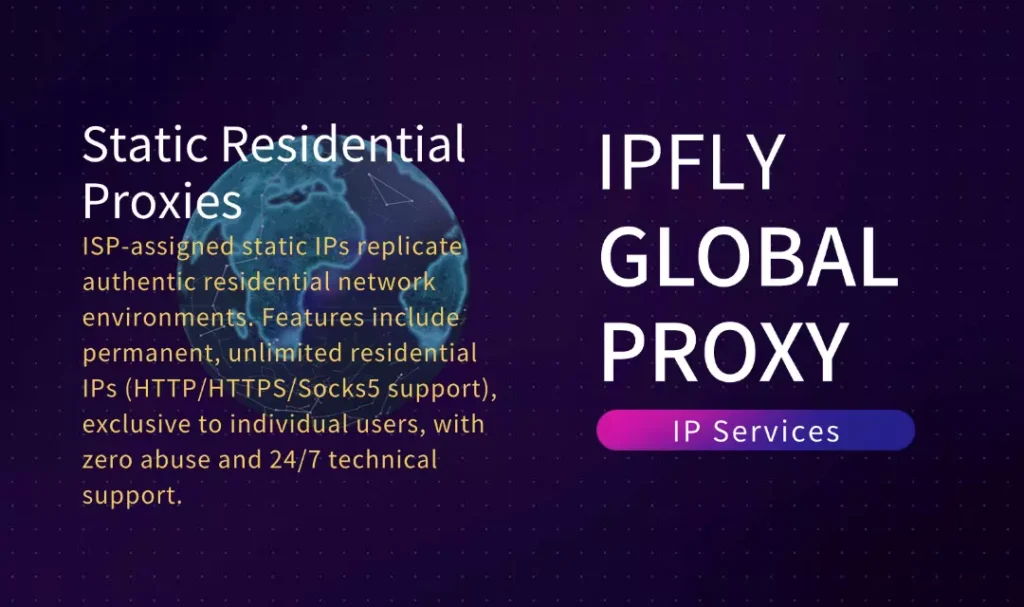Whether you’re a gamer trying to access region-locked content or a developer testing network behavior, the concept of a Steam proxy might come in handy. In this article, we’ll walk through what a Steam proxy is, how it works, when it’s useful, and what to be cautious about. We’ll also explain how proxy solutions can help users navigate regional barriers and performance issues with more control and security.

What Is a Steam Proxy?
A Steam proxy is a middle server that routes your traffic between your device and Steam’s servers. Instead of connecting to Steam directly, your data first travels through this proxy server, which can be in a different location or have a different IP address than your own.
This setup allows users to:
- Appear as if they’re accessing Steam from another region
- Avoid certain types of network throttling or firewalls
- Test how Steam behaves in other geographical markets
- Improve anonymity or isolate specific game-related traffic
Why Use a Steam Proxy?
The most common reason people use a Steam proxy is to access region-restricted content. For example, some game releases or special pricing may be limited to specific countries. A proxy allows users to temporarily assume an IP from that region.
Other benefits include:
- Avoiding ISP throttling: If your ISP slows down gaming traffic, a proxy can sometimes help bypass this limitation.
- Network testing: Developers may want to simulate conditions from different geographies.
- Improved connection routes: In some cases, rerouting traffic through a proxy can stabilize your connection.
How Steam Detects and Handles Proxies
Steam’s Terms of Service do not explicitly ban proxies, but they do prohibit attempts to manipulate pricing or circumvent region restrictions in bad faith. The platform uses a variety of detection methods, including IP geolocation and login patterns, to flag suspicious behavior.
Using a proxy might not immediately lead to action, but repeated attempts to abuse regional features could result in penalties, such as:
- Account warnings
- Restrictions on trading or purchasing
- Temporary suspensions
Static IPs and Proxy Reliability

For those considering a Steam proxy, it’s crucial to choose a reliable and stable IP address. That’s where IPFLY’s static residential proxy solution comes in. Unlike shared or rotating proxies, static residential IPs give you a consistent, clean identity tied to a real device. This reduces the likelihood of detection and improves session stability—critical for platforms like Steam that monitor access consistency.
With IPFLY, users can select residential IPs from specific countries, offering fine-grained control over geolocation. This is particularly useful for tasks like testing market availability or downloading specific regional DLCs without interruptions.
Security Considerations
Not all proxies are safe. Public or free proxies often lack encryption and may expose your data to third-party logging or interception. For Steam—where login credentials and financial details are involved—security should be a top concern.
When choosing a proxy for Steam:
- Avoid free or unknown services
- Ensure HTTPS or SOCKS5 support
- Use services that don’t keep logs
- Verify speed and uptime guarantees
IPFLY offers private static residential proxies that meet these security needs, making them suitable for more sensitive use cases.
When Not to Use a Proxy with Steam
Despite the benefits, using a proxy with Steam isn’t always advisable. You might want to avoid it if:
- You’re downloading large games (proxies can slow speeds)
- You don’t need to bypass regional restrictions
- You’re concerned about violating Steam’s terms
Always balance convenience with compliance and security.
Alternatives to Proxies for Steam
Depending on your goals, there may be alternatives:
- VPNs offer full-device rerouting but may be easier for Steam to detect.
- Remote desktop access to a device in another country.
- Local ISPs or cloud services with IPs in your target region.
However, proxies often offer better speed and targeted routing, especially when configured properly.
Conclusion

A Steam proxy can be a powerful tool for gamers, developers, and testers. Whether you’re trying to explore region-locked titles, simulate market access, or stabilize your network route, the right proxy setup makes a difference. Just remember: choose carefully, stay secure, and understand the platform’s rules.
If you’re looking for stable and geo-targeted connections, IPFLY’s static residential proxies offer reliable performance, flexible location options, and strong privacy protections—perfect for precision tasks like gaming access and regional testing.


